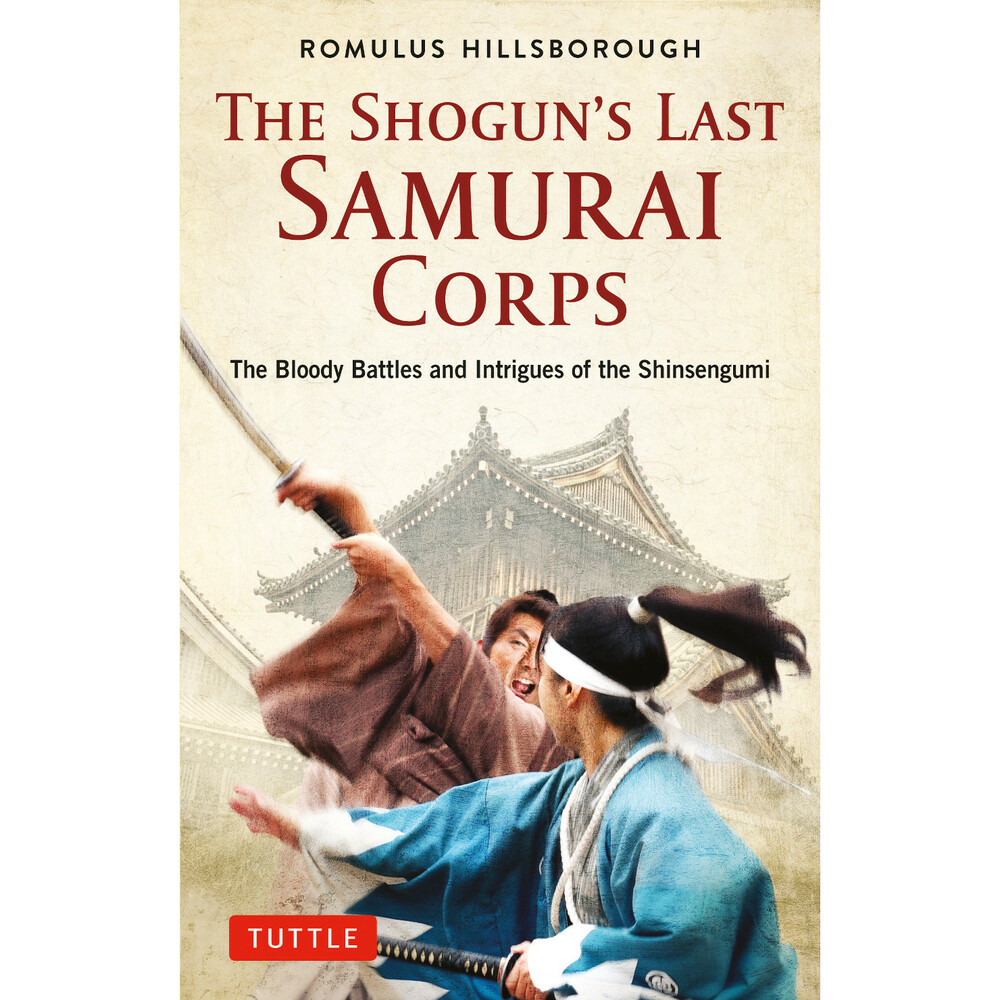‘Shinsengumi’, the Last Samurais
This book dissects the corps of warriors that represented the shogunate's most feared force when Japan was exiting the feudal system.

© Tuttle Publishing
Romulus Hillsborough, an American writer who lived in Tokyo for 16 years, immersed himself keenly in the story of a highly unusual samurai corps, the shinsengumi, literally ‘new select brigade’, assembled in 1863 when Japan was about to enter a pivotal period in its history.
After having consulted numerous Japanese-language sources, letters, memoirs and newspaper cuttings as well as interviews, stories from eyewitnesses and biographies from the era, he put together a comprehensive work on the subject, and the first to be written in English: Shinsengumi, The Shogun’s Last Samurai Corps.
The end of an era
The reader is immersed in this brief history of the final years of the bakufu (military government), which collapsed in 1867 with the restoration of the imperial regime. This marked the end of two and a half centuries (1603-1868) of feudalism. As the country was in the midst of a revolution known as the Meiji restoration, resulting from the opening up of the country to the west in 1854, the samurai, realising that this could spell the end of their supremacy, organised their response. Thus, the shinsengumi was formed, gathering together an elite group of swordsmen whose aim was to stop or kill the enemies of the Tokugawa shogun.
Structured around two key figures, Isami Kondo and Toshizo Hijikata, the shinsengumi made a mark on its era even if it did not manage to vainquish the tidal wave of the opening of Japan to other countries. Its influence was such that it is now the subject of various fictional works like the televised historical drama series Shinsengumi! produced by NHK in 2004 and the manga Rurouni Kenshin published in Shonen Gump in the mid-90s.
Shinsengumi, The Shogun’s Last Samurai Corps (2005), a book by Romulus Hillsborough published by Tuttle Publishing.
TRENDING
-
The Tattoos that Marked the Criminals of the Edo Period
Traditional tattoos were strong signifiers; murderers had head tattoos, while theft might result in an arm tattoo.

-
Paris, Tokyo: Robert Compagnon
With his co-chef and talented wife, Jessica Yang, Robert Compagnon opened one of the top new restaurants in Paris: Le Rigmarole.
 3:31
3:31 -
Chiharu Shiota, Red Threads of the Soul
Last year, more than 660,000 people visited the retrospective 'Chiharu Shiota: The Soul Trembles' exhibit at the Mori Art Museum.

-
‘Before Doubting Others, Doubt Yourself. Who Can Truly Say a Dish Isn’t What It Used to Be?’
In ‘A Non-Conformist’s Guide to Surviving Society’, author Satoshi Ogawa shares his strategies for navigating everyday life.

-
The Story of Sada Yacco, the Geisha who Bewitched Europe
Described by Dazed magazine as the first beauty influencer, she has been restored to her former glory since 2019.





